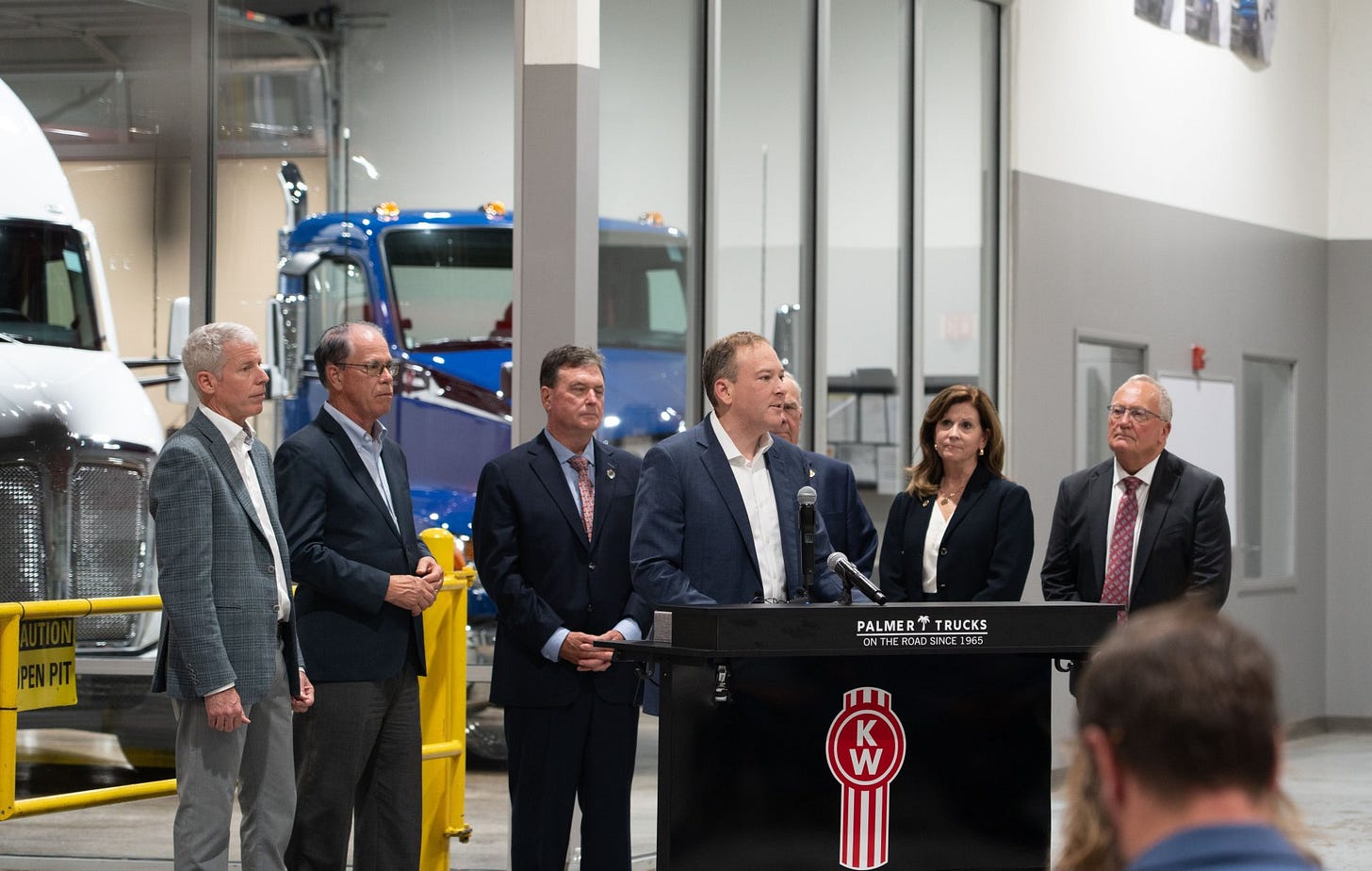Unpacking the legal justification for Trump’s attack on the foundation of U.S. climate regulations
The 2009 "endangerment finding" has been used to justify key climate regs. Relying on recent SCOTUS decisions, Trump says the EPA has overstepped its authority.
The Trump administration took one of its biggest swings yet at federal climate policy this past week, proposing to repeal a key finding that serves as the legal foundation for a number of major environmental regulations that require reductions in U.S. emissions.
The proposed repeal of the 2009 endangerment finding, which essentially said that the federal government should regulate greenhouse gases due to their threat to human health, was announced by U.S. Environmental Protection Agency Administrator Lee Zeldin on Tuesday. The decision almost surely sets the agency on a collision course with environmental groups and Democratic attorneys general that are poised to sue as soon as they can.
That was likely always going to be the case.
What was less clear heading into the announcement was exactly what this proposed repeal would look like. More importantly, it was unclear how exactly the agency would try to justify a move that basically contradicts the vast majority of climate science that points to greenhouse gases as the cause of climate change, and climate change as a deadly and costly growing phenomenon.
Those questions have finally been answered, at least somewhat: The proposal largely dodges questions of science and focuses on the legal argument that Congress never gave the EPA the authority to regulate greenhouse gas emissions. The argument relies heavily on interpretations of recent U.S. Supreme Court decisions that have together already restricted the powers of administrative agencies like the EPA.
“It’s hard to avoid the thought that EPA and the administration are beckoning to the court to make new law here,” Joe Goffman, a former assistant administrator in the EPA’s office of air and radiation during the Biden administration, told Landmark.
Goffman said SCOTUS precedent — including the landmark case Massachusetts v. EPA that said greenhouse gases qualify as air pollutants that can be regulated under the Clean Air Act, and later cases upholding the resulting endangerment finding that said they should be regulated under that law — would typically be seen as “fatal to the agency’s action here.”
The endangerment finding under Section 202(a) of the Clean Air Act is the landmark determination that greenhouse gas emissions — including carbon dioxide, methane, nitrous oxide, hydrofluorocarbons, perfluorocarbons and sulfur hexafluoride — in the atmosphere threaten the public health and welfare of current and future generations.
While the section specifically addresses EPA regulatory authority for motor vehicle engines, the determination has been cited by federal agencies when crafting rules to curb greenhouse gas emissions from the power sector as well.
The proposed rule unveiled by the Trump EPA, however, argues that the agency never lawfully had the authority to regulate greenhouse gas emissions that don’t pose a local or regional public health danger.
While that geographic restriction is not mentioned in the Clean Air Act specifically, the EPA is seizing upon recent SCOTUS decisions to make its case.
One of those recent decisions is West Virginia v. EPA, which established the so-called “major questions” doctrine that says agency action with major economic or political implications must be explicitly authorized by Congress. The other is the recent Loper Bright Enterprises v. Raimondo case, which restricted agency ability to fill in the blanks when laws have vague provisions
.In other words, the EPA is saying those relatively new decisions have clarified the scope of the EPA’s power. Rules restricting greenhouse gas emissions have an economy-shifting power and the EPA shouldn’t be given deference to infer the Clean Air Act gives it the power to regulate global emissions due to climate change concerns.
“The agency did not have the benefit of the Court’s decisions in Loper Bright and West Virginia, among other applicable precedents, when issuing the endangerment finding in 2009,” the EPA said in its proposed rule.
Goffman, the former Biden EPA official, said that the Supreme Court has already had plenty of opportunity to weigh in directly on the endangerment finding, and the vehicle emissions rules that have been based upon it. Those issues have been heavily litigated, and the high court declined to take up the issues previously after the D.C. Circuit Court of Appeals upheld their legality.
Whether the high court will remain consistent, however, is unclear, Goffman said.
“The litigation and judicial history to this point weigh very heavily in favor of the DC Circuit and then the Supreme Court endorsing the legal basis for the Endangerment Finding and for EPA‘s authority to set greenhouse gas emission standards for cars and trucks, including by taking account of the availability of electrification in setting those standards,” he said.
“That said, the Court seems to treat precedent with extreme casualness, if not indifference,” Goffman continued. “So I have no confidence that, however clear and robust the precedent may be up until this point, it will bind the court.”




Agree with your presentation Clark. Given that Roberts was a dissenting voice in the Massachusetts v. EPA case it is reasonable to assume that the Court will support the administration's viewpoint on the endangerment issue.
Thanks. Helpful and not at all surprising.